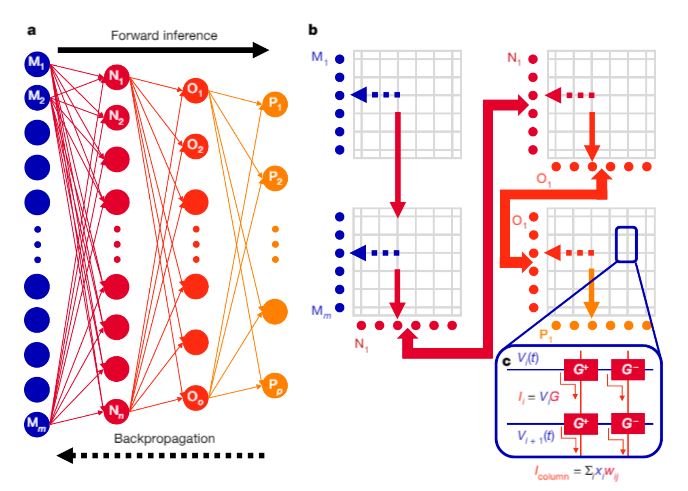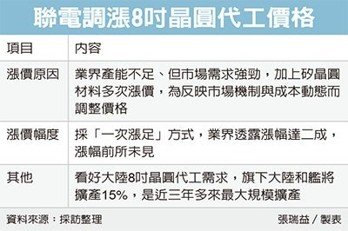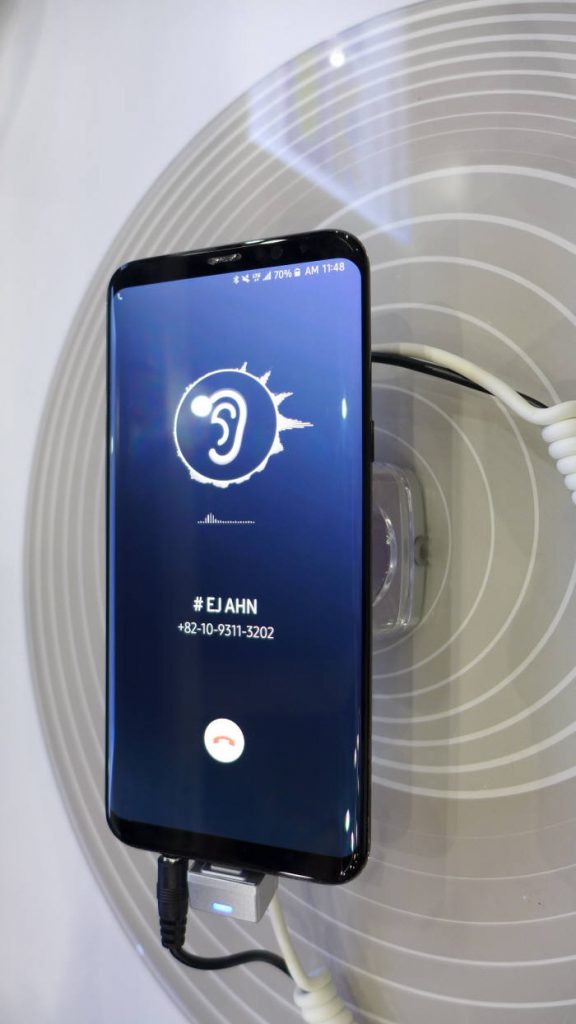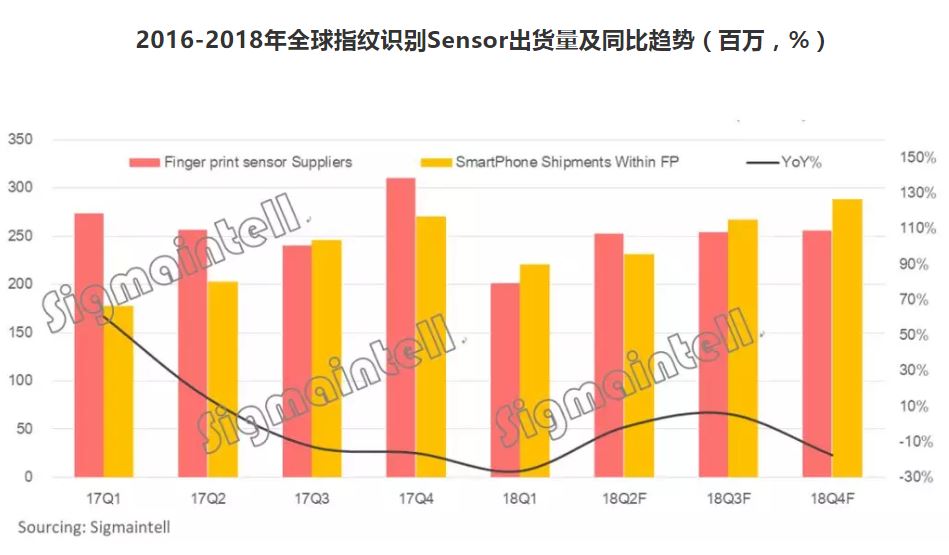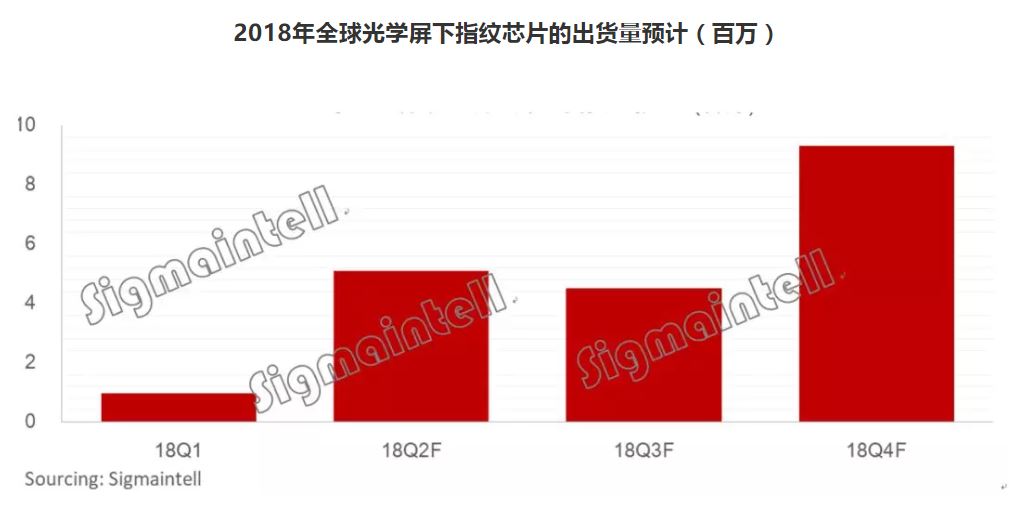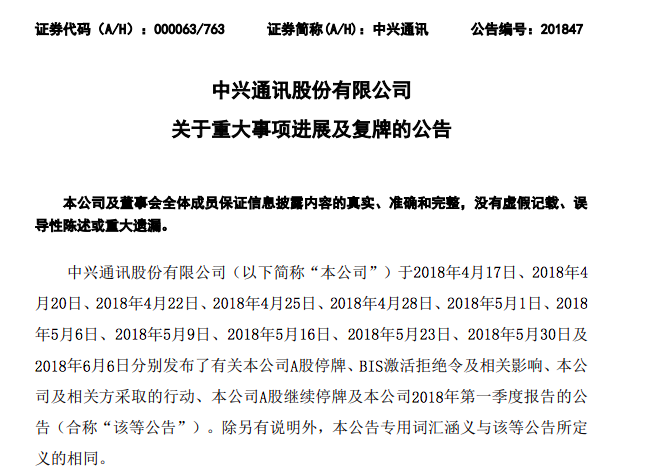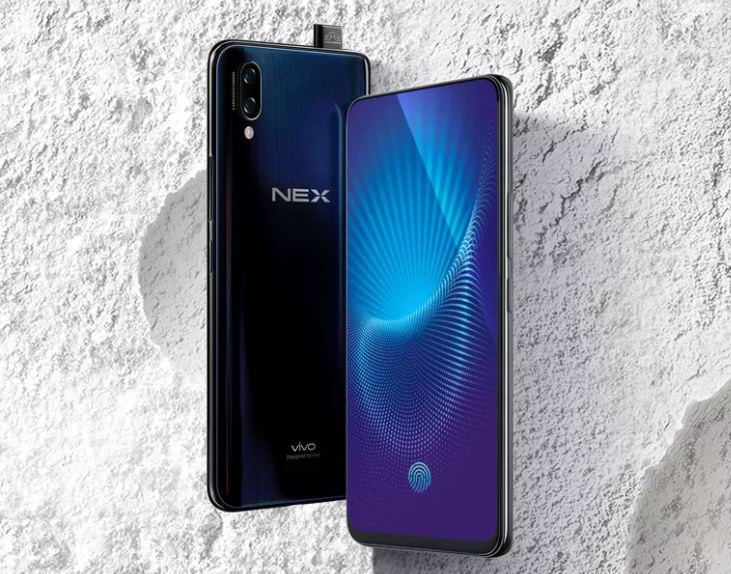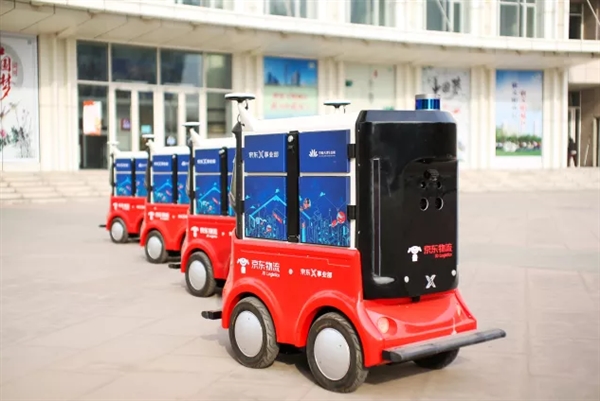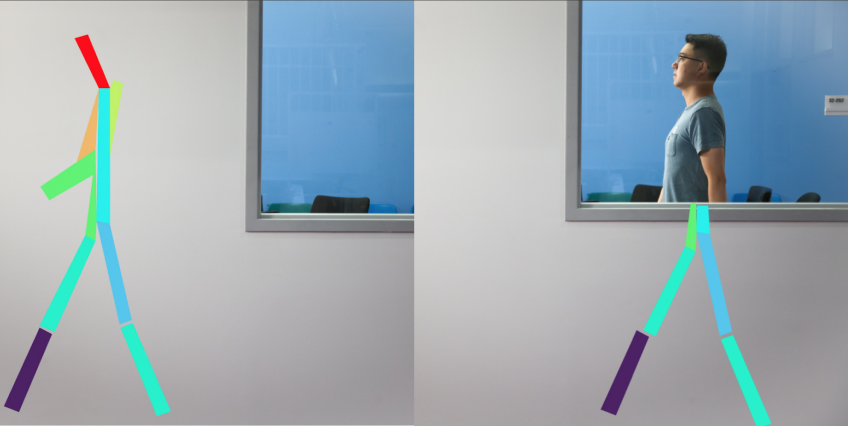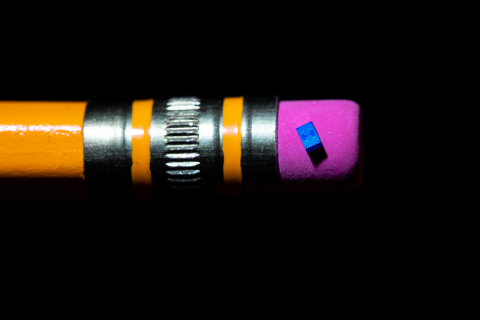
06-13: Samsung and LG allegedly to adopt “sound-emitting” display technology for 2019 flagships; Huawei is stepping up its efforts to expand its business in Korea; etc.
Chipsets
Research conducted by IBM on the use of AI-specific chips with portions of a neural net built into the hardware may lead to AI that is up to 100-times more efficient than current technologies. (Android Headlines, Technology Review, Nature, Sina)
Intel is taking new steps toward quantum computers by testing a tiny new “spin qubit” chip. The new chip was created in Intel’s D1D Fab in Oregon using the same silicon manufacturing techniques that the company has perfected for creating billions of traditional computer chips. Smaller than a pencil’s eraser, it is the tiniest quantum computing chip Intel has made. (CN Beta, Business Wire)
United Microelectronics Corp (UMC)’s 8” foundry is under-supply, causing cost up. The company is initiating production expansion on its 8” fab in the coming 3 years, with production increase 15%. The industry reveals that UMC will “increase the cost in one-go”, up to 20%. (Laoyaoba, UDN, LTN)
In 2014, Ericsson filed a case against Xiaomi for using some patents without taking permission from Ericsson, Ericsson has brought the same patent infringement suits against Micromax, Intel and other companies. MediaTek CFO David Ku said, “The lawsuit filed against Xiaomi by Ericsson is history, and now the things have settled down. Xiaomi is now free to use our chipsets.” (Laoyaoba, BGR, The Mobile Indian)
Qualcomm President Cristiano Amon indicates that the company has no plans to abandon its efforts to create processors for data centers. The company is making staff reductions in the unit but intends to keep operating it, albeit with a narrower focus on large internet companies in the United States and China. (CN Beta, Telecom Paper, Euro News, Reuters)
Taiwan’s Yageo Corp said its subsidiary is acquiring U.S. electronic component design and manufacturing company Pulse Electronics for USD740M in cash in May 2018. Yageo’s CEO Pierre Chen indicates that the company is currently the 3rd largest capacitance supplier. Following Japanese counterparts moving towards higher-end segment, the lower-end orders would be absorbed by Yageo. (UDN, Laoyaoba, Reuters, China Times)
Touch Display
Sony has explained its recent design decisions and also hinted at what may be to come. Sony’s head of product planning Ichino explains that the company takes functionality and features into consideration when designing its phones. He says the company will keep improving to achieve a balance between function and features and the current design trend. (Phone Arena, Sony, Gizmo China, Android Headlines, Sohu, HSW)
Samsung will allegedly utilize a new technology it has been developing that will see the earpiece integrated right into the display. Samsung use its sound-emitting OLED technology in a 6.2” panel, to be used for S10. (Sam Mobile, ET News, Pocket-Lint, My Drivers, TechWeb)
LG reportedly is now ready to use ‘sound emitting’ display in their phones in 2019. The technology would allow audio from an earpiece to resonate on the display of the smartphone. (Android Headlines, Android Authority, TechRadar)
Storage
Samsung Electronics has announced that it is the first in the industry to begin volume production of modules containing a 16 gigabit (Gb) monolithic 64 gigabyte (GB) DDR4 memory solution. The new registered dual in-line memory module (RDIMM) is designed primarily for use in enterprise and cloud server applications. (My Drivers, Business Wire, AnandTech)
Biometrics
According to Sigmaintell, global fingerprint sensor supply volume is expected to reach 970M units, 11% down on-year. In 1Q18 global fingerprint sensor supply is about 200M units, 26% down on-year. In 2018 global optical under-display fingerprint sensor supply is about 20M units, led by Synaptics and Goodix. O-Film is the module maker, which will directly benefit from this. (Sigmaintell, press, Laoyaoba)
Material
Apple is considering new ways to improve the water resistance of the iPhone and other products by making a “liquid-tight” seal when a connector is plugged into a port, preventing anything from entering the outer casing and causing corrosion to any internal component. (Apple Insider, USPTO)
Connectivity
Huawei is stepping up its efforts to expand its business in Korea. It is seeking to land orders for 5G telecom network equipment from Korean companies and preparing to launch a new smartphone. (CN Beta, Business Korea)
Huawei has released its “OceanConnect IoV” (Internet of Vehicles) platform that will enable digital transformation for automobile manufacturers. The “OceanConnect” platform helps automobile manufacturers control digital assets through the separated structure of data and business. (Gizmo China, Huawei, NDTV, IT168, Sina)
According to Cisco CEO Chuck Robbins, Cisco is reportedly working to ready an “innovative” new 5G networking infrastructure solution for launch at some point in 2018. He said that the infrastructure is a key aspect of the process its customers will use to deliver 5G to end users. (Android Headlines, ZDNet, ET Today, Sohu)
US Federal Judge Richard J. Leon has issued his final ruling that AT&T can proceed with its merger with Time Warner. The merger will consolidate AT&T’s telecommunications services with Time Warner’s content, which includes some of the biggest names in media like HBO, CNN, and sports broadcasts from the NBA and NCAA. (Android Authority, NY Times, My Drivers)
Phone
ZTE Corp said trading in its shares would resume on 13 Jun 2018, ending a 2-month suspension, after ZTE agreed to pay up to USD1.4B in penalties to the U.S. government and radically overhaul its management. (Street Insider, Channel News Asia, Laoyaoba, Reuters)
A bipartisan group of US senators is reportedly trying to reverse the Donald Trump administration deal that saved ZTE Corp from the brink of collapse, by using an amendment in the annual defence bill. (VoA, WSJ, SCMP)
vivo NEX is official with 91.2% screen-to-body ratio and “elevating front camera” – 6.59” 19.3:9 FHD+ Super AMOLED, Qualcomm Snapdragon 845 / 710, rear dual 12MP (1.4µm) – 5MP + front 8MP, 6 / 8GB + 128 / 256GB, USB-C, in-display fingerprint sensor, 4000mAh, from CNY3,898. (Android Central, Android Headlines, CN Beta, The Verge)
Xiaomi Redmi 6 and 6A are announced, featuring 5.45” 1440×720 HD+: Redmi 6 – MediaTek Helio P22, rear dual 12MP – 5MP + front 5MP, 3GB+32GB / 4GB+64GB, rear fingerprint scanner, 3000mAh, CNY799 / CNY999. Redmi 6A – MediaTek Helio A22, rear 13MP + front 5MP, 2GB+16GB, no fingerprint scanner, face unlock, 3000mAh, CNY599. (CN Beta, Android Central, CN Beta)
Automotive
China EV startup Byton is showcasing its second concept car, dubbed K-Byte. The hardware for autonomous driving is integrated into the visual design of the K-Byte Concept. The “LiBow” system on the roof incorporates front and rear lidar for a panoramic view of the car’s surroundings. “LiGuard” side lidars deploy from beneath the side mirrors in autonomous mode, and retract when parking. (CN Beta, Digital Trends, The Verge, Auto Blog)
With technology from its partner, autonomous driving technology firm Aurora, Byton’s K-Byte will be capable of Level 4 autonomous driving, meaning it can operate without human input or oversight in certain conditions. The hardware for autonomous driving is integrated into the visual design of the K-Byte Concept. (CN Beta, Auto Blog, The Verge)
Chinese e-commerce giant JD will invest CNY2B (USD312M) over the next 3 years to establish the headquarters of its unmanned delivery vehicles in Changsha, capital of Hunan province. The project is aimed at promoting the R&D, testing, personnel training related to autonomous delivery vehicles and the construction of intelligent manufacturing industrial bases, which includes intelligent robots and equipment. (CN Beta, Press Reader)
Tesla has told employees it will cut about 9% of its workforce, trimming mostly salaried positions. Since the start of 2018, Tesla has added roughly 8,000 jobs and currently employs approximately 46,000 workers. Through this reorganization, it will shed about 4,100 jobs. (My Drivers, CNBC, CNN, The Guardian)
Artificial Intelligence
MIT’s Computer Science and Artificial Intelligence Laboratory (CSAIL) latest project “RF-Pose” uses artificial intelligence (AI) to teach wireless devices to sense people’s postures and movement, even from the other side of a wall. CSAIL uses a neural network to analyze radio signals that bounce off people’s bodies, and can then create a dynamic stick figure that walks, stops, sits, and moves its limbs as the person performs those actions. (TechCrunch, MIT, RF-Pose)
